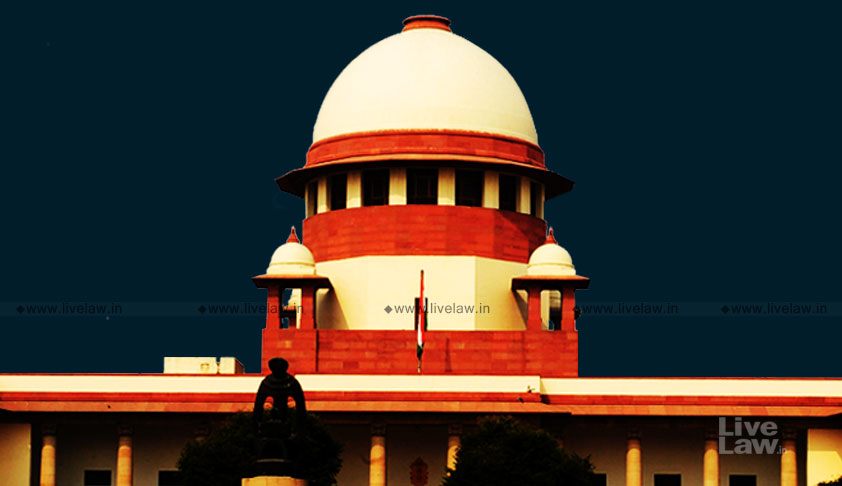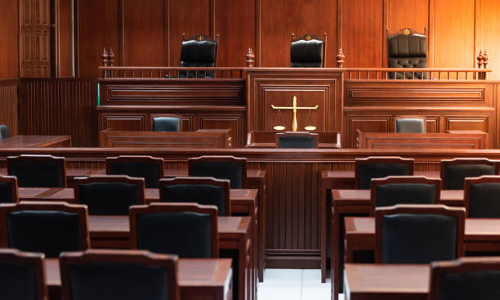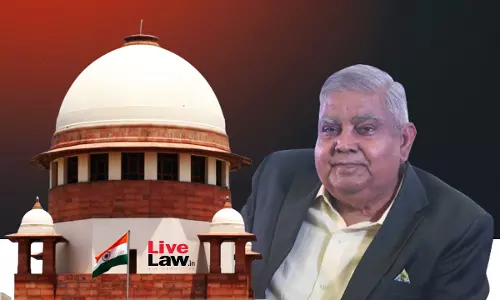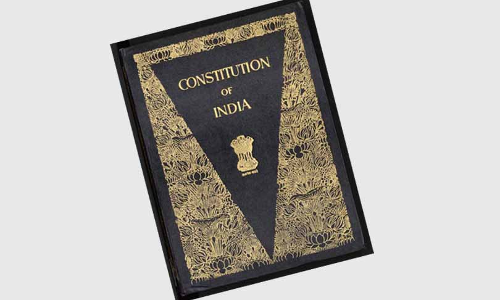
Strong women and men make strong institutions. Emerging from shadows of the past, today the Supreme Court is manned by judges possessing the highest aggregate of superior knowledge and learning. With the top end of the institution comprising of a strong bench, the base of this institution still remains strongly embedded in the quality of its bar. The symbiotic relationship between the bench...
Strong women and men make strong institutions. Emerging from shadows of the past, today the Supreme Court is manned by judges possessing the highest aggregate of superior knowledge and learning. With the top end of the institution comprising of a strong bench, the base of this institution still remains strongly embedded in the quality of its bar. The symbiotic relationship between the bench and the bar does not need any elaboration. The beauty of democracy of the institution lies in the bar providing vitality to the bench, and the bench nurturing and developing a strong bar, unafraid of its caliber and outspokenness.
The designation as a senior advocate by the August collection of the Supreme Court judges attaches with it the pride, recognition, and fulfillment of one’s life’s achievement as a lawyer. It is the mark of a lawyer’s self-worth and the recognition of her ability, standing in the bar or special knowledge or experience in law. In the very terms of Section 16(2) of the Advocates Act, 1961, it is the hallmark of a person who is “deserving of such distinction”.
These two arms of the institution are in a continuous process of judging and strengthening the other. While the bar keeps the aberrations of the bench at bay by its vocal prowess and criticism, the bench demands quality and preparedness from the bar. The grant of a prerogative of designation is the surest and clearest indication of recognition of a lawyer’s caliber. The honour attached to this recognition gets immediately diluted when the recognition is rooted in entitlement, nepotism or favoritism.
What is racking is the exception that is carved out for retired high court judges to escape from this test of sweat, toil and learning. A rebellion always brews in the atmosphere of disenchantment and dejection. It brews when an advantage is bestowed to persons not on basis of their visible performance, but on basis of a birthmark.
While a lawyer would have usually spent 20 years, or at least 10 years being adjudged by his/her peers, a retired judge who steps into this arena has nothing to show for him- or herself except having discharged a judicial service, which in itself is commendable. However, what is egregious is that this retired judge weakens the work field of fledgling young lawyers who are struggling to establish their work and reputation. It is a general observation that these persons do not share the space occupied by top lawyers, but step on the toes of young and promising lawyers on basis of perception and their unspoken promises of proximity to the members of the bench. While regular practitioners in the courts may not be moonlighted by them, but the distant and outside perception of clients results in an enviable advantage scored by these persons. Youngsters who come across the country with hopes and idealism to prove their worth are highly disillusioned when their sweat and toil is put to naught to make space for a category of entitled persons.
It is absolutely shocking that only 23 lawyers have been designated as senior advocates by the Supreme Court in the last decade spanning from 2008 to 2018, whereas 123 retired judges were bestowed with this honour. The hope generated by the judgment in the case of Indira Jaising, who raised a voice against skewed designations, has been reasonably dashed by Clause 19 of the Supreme Court Guidelines to Regulate Conferment of Designation of Senior Advocates, 2018, which allows the applications of retired judges to bypass the scrutiny of the Permanent Committee. These applications are to be placed directly before the full court. In pursuance of this exemption, 25 retired judges were conferred with this privilege in September 2018, while no lawyer was designated for the last three years. It was way back in 2015 that five advocates were last designated, along with whom 14 retired judges were also designated. In the year 2016, 26 more retired judges were designated. These figures are self-evident of the undue advantage.
To say the least, this rule is totally violative of the Article 14 principle and should certainly not find any place within the strong bastions of this institution. It is not as if these persons suffer any bar on designation by their respective high courts prior to their elevation. The extra benefit would be palatable only if the retired judges were at any previous disadvantage. It is my sincerest hope and wish that the system of the virtual automatic designation of retired judges is replaced with a similar requirement of rigor of competition and proven ability as a lawyer at the bar where they regularly practice. The removal of this relaxation is seminal to building a robust institution free from entitlement, nepotism, and favouritism.
[The opinions expressed in this article are the personal opinions of the author. The facts and opinions appearing in the article do not reflect the views of LiveLaw and LiveLaw does not assume any responsibility or liability for the same]





